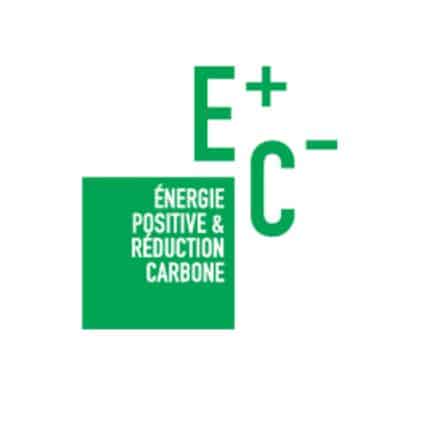Background
France’s National Low Carbon Strategy (2015) aims to achieve nationwide roll-out of positive energy buildings and to reduce GHG emissions from the building sector by 50% in 2030 relative to 2015 and by 87% in 2050. For buildings, France launched the E+C, a voluntary labelling scheme, which adopts a unified approach to ensuring that buildings of the future will be energy-positive (i.e. produce more energy than they consume) and low carbon throughout their entire lifecycle. This E+C label follows on from the French thermal regulations RT2012, which aim to limit the primary energy consumption of new buildings, and which is now transitioning towards French environmental regulations RE 2020, which additionally focuses on carbon performance targets. It is a pilot program launched by the state to establish regulatory methods and tools.
Key parameters and components of this methodology are:
- The use of French generic data as well as the INIES database, which gathers EPDs abiding by the European Standard 15804 and its French annex. The rating system does not allow use of any other data for these assessments.
- Energy performance of buildings calculations is a mandatory input for the LCA. This means that the LCA always integrates the energy assessments.
- Software tools implementing the methodology are verified and approved by the government. Third-party verification of the LCA results are only done for projects applying for the E+C- label.

